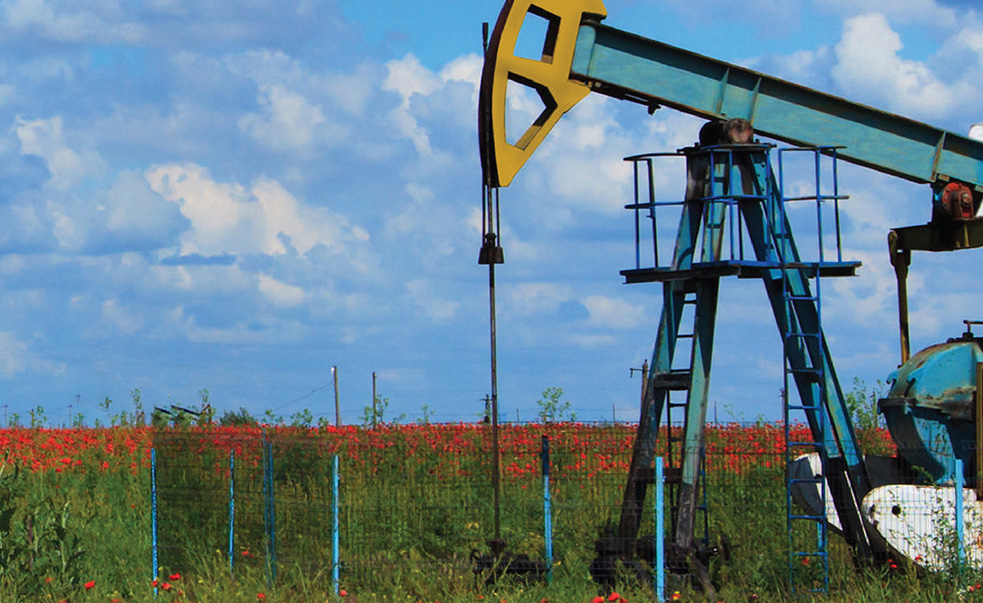How enhanced connectivity powers Oil & Gas sustainability initiatives.
Oil and gas (O&G) corporations face many pressures today—an uncertain market, increasingly stringent policies for decarbonization, a push to transition to cleaner energy, and the need to be more efficient overall.
Amid a global energy transition, the challenge for the industry today is to engage and adapt to a constantly changing landscape, and evolve into forward-focused organizations working to optimize productivity while helping to significantly decarbonize the energy system.
Utilizing technology as the catalyst in generating more efficient, cleaner operations allows O&G companies to effectively reduce emissions and waste. More efficient operations mean less environmental impact—and make it possible to prepare for the next era of environmentalism.
This article will cover what O&G operations can do today to ensure a brighter future of production efficiency and will detail how they can leverage enhanced connectivity to boost their sustainability initiatives.
Environmentalism in the Industry Today: Abating emissions is top of mind
Throughout the past few decades, there has been much attention and emphasis on the environment by society—from environmental agencies across the globe to large corporations to the general public. Emissions and greenhouse gases resulting in climate change are the environmental topics at top of mind for O&G leaders.
According to the EPA’s 2020 Inventory of US Greenhouse Gas Emissions and Sinks, in 2018 (the most recent year of data), total U.S. emissions increased by 3.7 percent from 1990 to 2018 and emissions also increased from 2017 to 2018 by 2.9 percent. Many long-term trends, including population growth, energy market trends, technological changes, and energy fuel choices influence these numbers. The oil and gas industry’s operations account for 9 percent of all human-made greenhouse-gas emissions.
National environmental regulations, such as the Greenhouse Gas Reporting Program (GGRP) which requires reporting of greenhouse gas (GHG) data from fuel and industrial gas suppliers in the United States, as well as international frameworks like the Paris Agreement to combat climate change globally, have been increasing in number and stringency in recent years to respond to and prevent further emissions growth. For example, in May 2016, the EPA finalized the first ever national rule to limit methane emissions from oil and gas operations in order tackle climate pollution—with the goal of cutting emissions by 40 to 45 percent from 2012 levels by 2025.
To continue reading, please click here to download the whitepaper. 🖉













